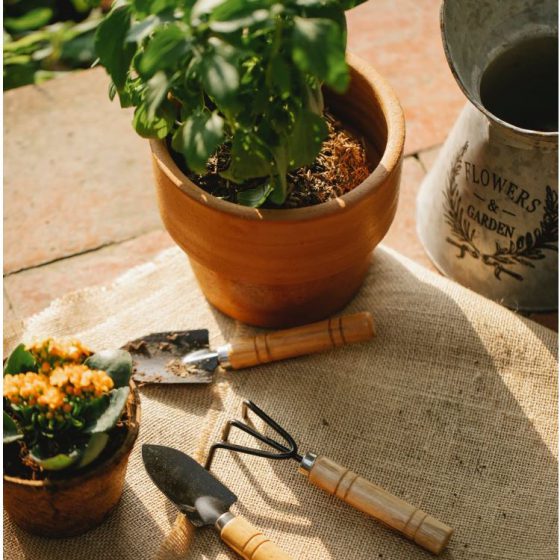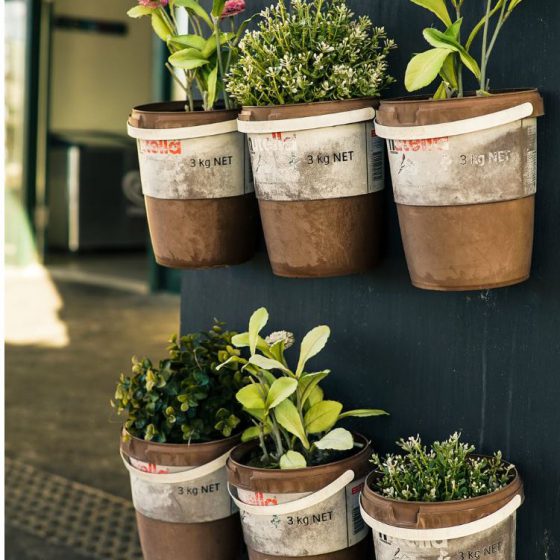Successful container gardening: the right pot
https://imaginahome.com/wp-content/uploads/2022/05/Container-garden-685x1024.jpg 685 1024 Nisha Muire Nisha Muire https://secure.gravatar.com/avatar/09971b406125a2f92a37bf65b08fd3c3?s=96&d=mm&r=gAs a Toronto homeowner, if you really want the fun and flavor of growing your own vegetables but are limited on space, then container gardening is the way to go. Containers are easy and versatile. The best part? When it is time to close up the garden, all you need to do is empty out the soil, clean the container and put it away.
To maximize the output of your container garden, it is necessary to have the right pot for the right plants. Containers come in different materials, sizes and shapes. Choosing the right sort for your project will determine the degree of its success.
Ceramic pots
Ceramic pots are porous so they allow excellent movement of air around the roots of the plant. More air movement means healthier, hardier roots and more robust vegetable yields. However, ceramic pots also wick moisture out of the soil, so you have to water more frequently or only use them with plants that can handle drier soil. If you tend to be lax when it comes to watering, then it’s best to choose a different kind of pot. Ceramic pots are also rather heavy and when soil, water and a plant are added, become heavier still, making them harder to move around.
Plastic pots
Plastic pots are usually inexpensive, light-weight and last a long time – unless kept outside in the elements. Plastic pots exposed to extreme cold and extreme heat will crack quicker over time. Plastic pots tend to keep moisture in so people who have trouble with a watering schedule will do well with these pots – as will their plants that love moisture! Plastic is also easy to maintain and comes in many different colours to suit your design needs. The best part? Even large pots are not heavy making them easier to move when filled.
Fabric pots
Some of the newest pots on the market marry the best features of the ceramic and plastic pots. Fabric planters are lightweight, easy-to-maintain and allow for terrific aeration of plant roots, which lead to healthier plants and better produce. Fabric pots also tend to last longer than plastic pots that are left outside – although fabric pots will lose their shape in time. Fabric pots have been growing in popularity in recent years due to their versatility, low cost and plant-friendliness.
Once you have the right container for your Toronto garden, it is time to fill it with just the right mix of earth, mulch and plant food to give your plants the optimum boost needed to be healthy and to produce delicious veggies throughout the growing season.




